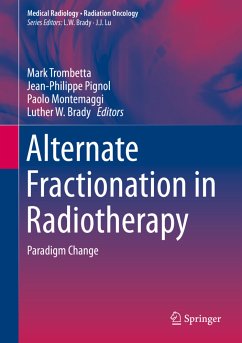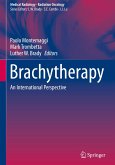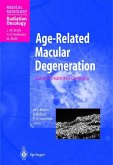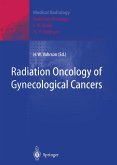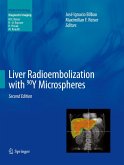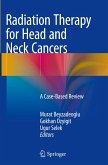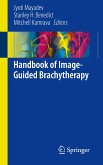This book, written by leading international experts, describes alternate fractionation strategies in which technology-driven precise targeting and dosing allow for improved conformance and decreased volumes, with concordant lessening of toxicity, reduction in treatment time, and lower overall health care expense. The aim is to provide the advanced clinician with an up-to-date evidence-based reference that will assist in the delivery of enhanced patient care in daily practice.
Traditional multi-week fractionation schedules were established at a time when the inclusion of relatively large amounts of normal tissue was unavoidable owing to the lack of accurate target localization during treatment. Such schedules are time and resource consuming, difficult for patients, and expensive. Nevertheless, acceptance of alternate fractionation strategies has been slow in some countries. The paradigm is, however, changing as evidence accumulates to demonstrate improved local control, equivalence of tolerance, or both. In documenting these alternate strategies, this book will be of value for radiation oncologists, medical physicists, and oncologists worldwide.
Traditional multi-week fractionation schedules were established at a time when the inclusion of relatively large amounts of normal tissue was unavoidable owing to the lack of accurate target localization during treatment. Such schedules are time and resource consuming, difficult for patients, and expensive. Nevertheless, acceptance of alternate fractionation strategies has been slow in some countries. The paradigm is, however, changing as evidence accumulates to demonstrate improved local control, equivalence of tolerance, or both. In documenting these alternate strategies, this book will be of value for radiation oncologists, medical physicists, and oncologists worldwide.
"This book has a singular focus on the concept of alternate fractionation for radiation therapy. ... The book will be of significant interest to radiation oncologists, particularly those treating a wide variety of tumors for which the number of alternate fractionation regimens has grown at a rapid pace in recent years. Students of radiobiology and physics and radiation oncology residents will also find the book of interest. The authors and contributors are credible authorities in their fields." (Mark D. Hurwitz, Doody's Book Reviews, March, 2019)

